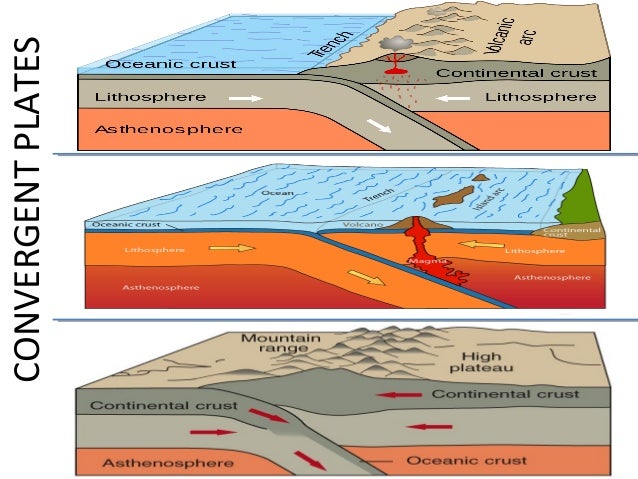Continental Drift
- Due May 18, 2020 at 11:59pm
- Points 5
- Questions 5
- Time Limit None
- Allowed Attempts Unlimited
Instructions
Theory of Continental Drift
- Suggested by Alfred Wegener
- All of the continents on Earth used to be joined as one giant landmass - Pangaea
- Alfred Wegener's hypothesis was rejected by most scientists because he was unable to provide an explanation for the forces that were causing Earth's plates to move.
Wegener's Evidence of Continental Drift
- Landforms - mountains in South America match mountains in Africa when the two continents are placed together
- Fossils - tropical plant fossils were found in extremely cold climates in Alaska and Antarctica which suggests the plates have moved from a warmer climate
- Puzzle - many of the continents look like they can be "fit" together like puzzle pieces

How Do Earth's plates Move?
- Scientists believe convection currents within the Earth's mantle are slowly causing the plates to move
- The continuous heating and cooling of magma in the mantle creates convection currents
- Convection currents act as giant "conveyors" and drive the movement of Earth's plates
- Scientists estimate that most of Earth's plates move at a rate of 2.5 centimeters per year
Plate Boundaries
- The location where two tectonic plates meet
- There are three main types of plate boundaries - Convergent, Divergent, and Transform
-
Convergent - two tectonic plates move toward one another or collide

Features Formed:
Continent - Continent: Mountains
Continent - Ocean: Volcanos
Ocean: Volcanic Island Arc
Examples of Convergent:
Himalayan Mountains, Andes Mountains, Aleutian Islands
- Divergent-two tectonic plates divide or separate from one another
Features Formed:
Continent - Continent: Rift Valley
Ocean-Ocean: Mid-Ocean Ridge
Examples of Divergent:
Great Rift Valley, Mid-Atlantic Ridge
- Transform - two tectonic plates slide past one another Types of Crust

Features Formed:
Earthquakes
Example of Transform:
San Andreas Fault
Two Types of Crust - Continental and Oceanic
- Continental Crust - thick part of Earth's crust that forms the landmasses, generally older than oceanic crust, less dense than oceanic crust, made mostly of granite
- Oceanic Crust – thin part of Earth's crust under oceans and seas, generally younger than continental the crust, denser than continental crust, made mostly of basalt
- Subduction - a denser plate sinking beneath a less dense plate; occurs at certain types of convergent boundaries
Seafloor Spreading
- The formation of new oceanic crust by the movement of magma out of the mid-ocean ridge causing the seafloor to widen over time
- Occurs on the ocean floor at a divergent boundary
- Crust located closer to the divergent boundary is younger than the crust located further away.
Only registered, enrolled users can take graded quizzes